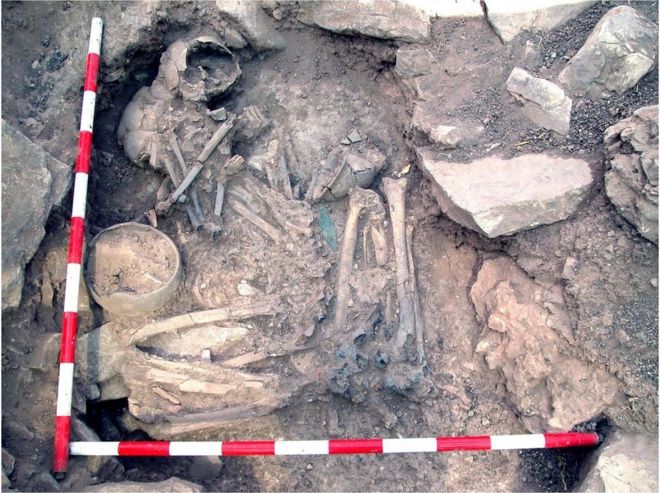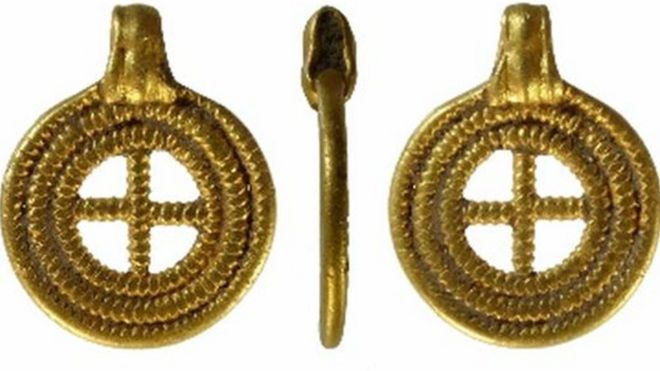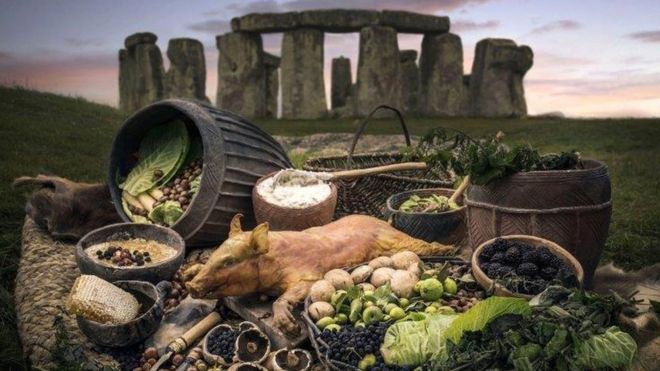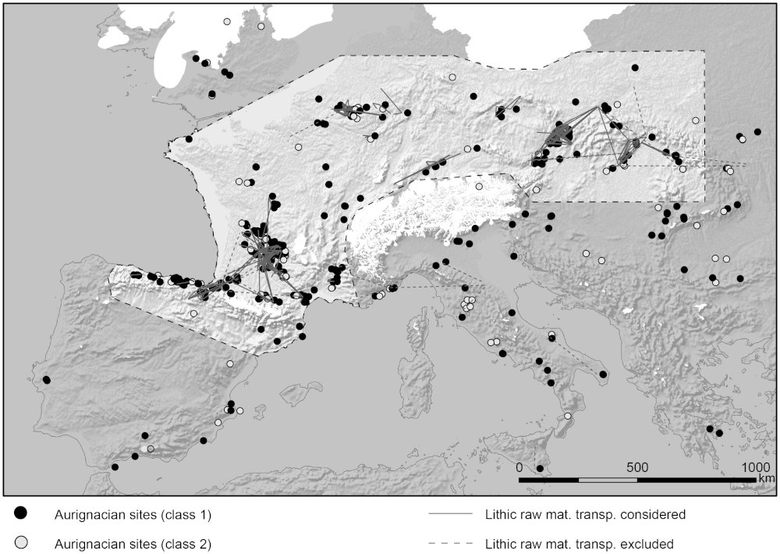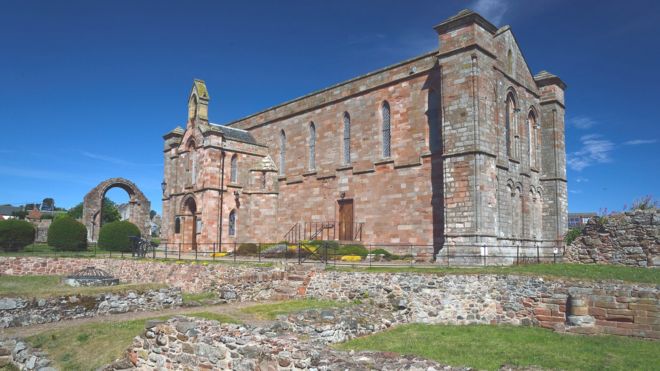The Mary Rose Museum in Portsmouth's Historic Dockyard houses a cross section of the ship's hull as well as thousands of artefacts, including weapons and jewellery
STEPHEN FOOTE
The crew on board the sunken Henry VIII ship the Mary Rose was from the Mediterranean, North Africa and beyond, researchers have found.
Bone structure and DNA of 10 skeletons found on board were analysed by team at Cardiff and Portsmouth universities.
They said four of the skeletons were of southern European heritage, and one seems to have hailed from Morocco or Algeria.
The findings cast fresh light on the ethnic makeup of Tudor Britain.
The Mary Rose sank in 1545 in the Solent during a naval battle with the French, with the loss of between 400 and 600 lives.
Read the rest of this article...




